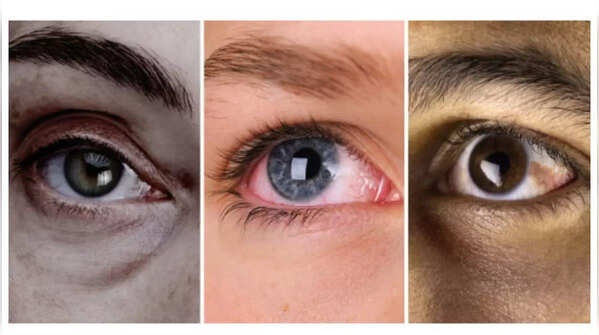
1/6
5 diseases that your eyes can reveal (and how to check for them)
Our eyes are one of the most important organs of our body, and not only are they our tool to see the outside world, but they can also be a reflection of our health. Changes in our eyes are not always related to eyesight, they can also indicate nutritional deficiencies, lifestyle conditions, and even brain issues. By taking note of any major changes in the eyes, we can detect certain conditions, and get timely treatment. Here are five ailments your eyes can reveal, and how to check for them...
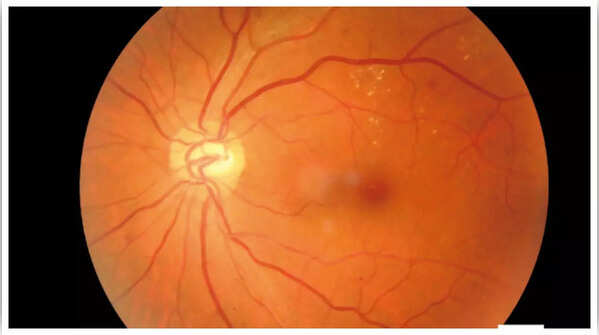
2/6
Diabetes and Diabetic Retinopathy
Diabetes (where the body doesn't produce enough insulin) can damage the tiny blood vessels in the retina, the light-sensitive layer at the back of the eye. This condition is called diabetic retinopathy. It can cause blurry vision, dark spots, and even blindness in the long-term.
What to Look For:
Blurred or fluctuating vision
Dark or empty spots in your field of vision
Difficulty seeing colors clearly
How to Check:
If you are diabetic, regular eye exams are crucial. An eye doctor uses a special tool called an ophthalmoscope to look inside your eyes. They may also take photos of your retina using Optical Coherence Tomography (OCT) or retinal imaging to detect early damage.
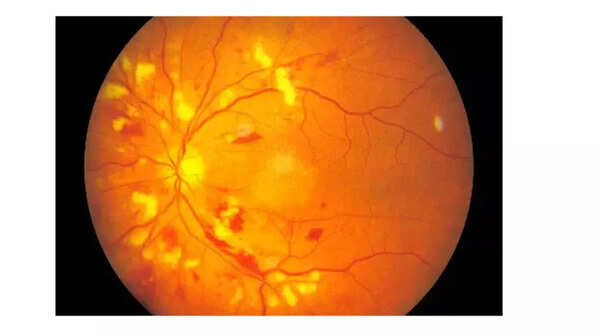
3/6
High Blood Pressure
High Blood Pressure, also known as Hypertension, can cause changes in the blood vessels of your eyes, known as hypertensive retinopathy. It can lead to vision problems and is also a warning sign of damage to other organs like the heart and kidneys.
What to Look For:
Blurred vision
Headaches or eye pain
Redness or swelling in the eyes
How to Check:
During an eye exam, doctors check the condition of your retinal blood vessels. Narrowing, bleeding, or swelling in these vessels can indicate high blood pressure that should be dealt with immediately. Sometimes, these signs show up before you feel any other symptoms, making these exams extremely important.
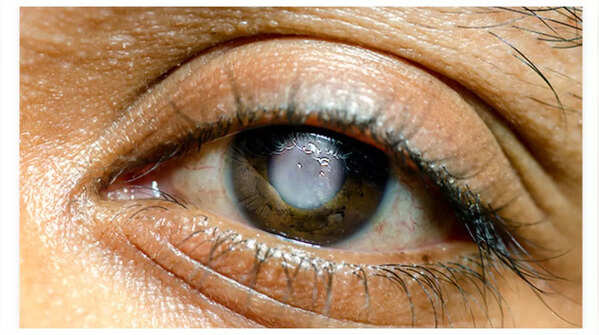
4/6
Glaucoma
Glaucoma is a group of eye diseases that damage the optic nerve, often due to high pressure inside the eye. It can cause gradual loss of peripheral (side) vision and eventually blindness if untreated. While Glaucoma is not reversible, its growth can be halted through treatment, and medicine.
What to Look For:
Loss of side vision
Seeing halos around lights
Eye pain or redness (in some types)
How to Check:
Eye doctors measure the pressure inside your eyes using a test called tonometry. They also examine the optic nerve with special cameras or microscopes. Visual field tests check your peripheral vision to detect early glaucoma. Regular screening is important because glaucoma often has no symptoms until it is advanced, and starts causing problems.
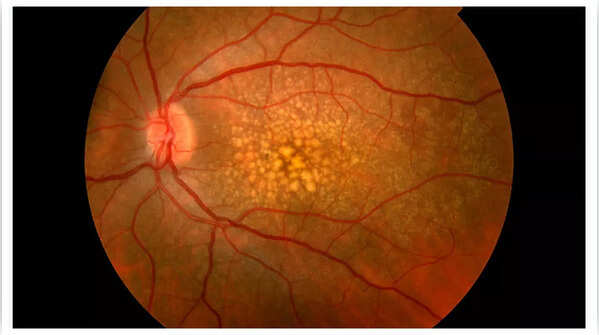
5/6
Age-Related Macular Degeneration (AMD)
AMD affects the macula, the central part of the retina responsible for sharp vision. It causes loss of central vision, making it hard to read, recognize faces, or see details. It is usually age related, and quite common in individuals over 45 years of age.
What to Look For:
Straight lines appearing wavy or distorted
Blurred or dark spots in the center of your vision
Difficulty seeing fine details
How to Check:
An eye doctor can detect AMD through a retinal exam and tests like the Amsler grid, a simple chart with a grid of lines. If the lines appear wavy or missing, it could indicate AMD. Advanced imaging like OCT provides detailed pictures of the macula to monitor disease progression.
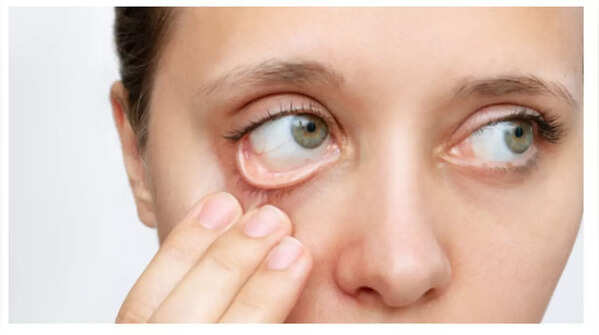
6/6
Anemia and Other Blood Disorders
Yes, eyes can also indicate anemia. Certain blood disorders like anemia can be detected by changes in the eyes. Pale inner eyelids or unusual blood vessel patterns in the retina may signal low red blood cell counts or other issues.
What to Look For:
Pale or yellowish eyes
Red or inflamed eyes
Unusual blood vessel changes seen during an eye exam
How to Check:
Eye doctors can spot signs of anemia or other blood problems during a thorough eye exam. They may notice pale conjunctiva (the inner eyelid) or retinal hemorrhages (small bleeding spots) that suggest blood disorders. Further blood tests can confirm the diagnosis.
Sources:
Cleveland Clinic - Eye Diseases: Types, Symptoms, Causes & Treatment
Oscar Wylee - How to Detect Eye Disease
WebMD - Detecting Eye Diseases and Conditions
Follow Us On Social Media

 7 hours ago
49
7 hours ago
49




























 English (US)
English (US)